By Iacovos Iacovides, APC Sports.
On the MSA blog last week we discussed the recent events involving Naomi Osaka, her mental health and her decision to withdraw from the French Open. Mental health has long been overlooked in sports and in certain cases even repressed. Mental health issues and illnesses do not fit in the yes-can-do, celebratory and electrifying environment that characterizes sports. However, athletes are constantly under the spotlight, working hard week in and week out on the pitch, while trying to keep in touch with their fans and show their philanthropic face outside of it.
Problems relating to the mental wellbeing of athletes rarely make it to the headlines. On the one hand, this prevents to a great extent the stigma associated with mental health disorders, but on the other, harms the athletes in the long-run, as it prevents any meaningful public discussion about how to tackle the problem. Nonetheless, the very constitution of the athlete’s lifestyle and daily routines are enough in themselves to lead, not just to physical but also mental problems.
Certain illnesses are linked to the individual’s relationship to society. In other words, isolation, loneliness, abuse and childhood trauma can lead to mental disorders and with social media all these are exacerbated. For example, a few days ago three English players—Bukayo Saka, Jadon Sancho and Marcus Rashford— missed their shots in the penalty shootout between England and Italy for the European championship. Immediately afterwards people started brutally abusing them on social media. The said players are 19, 21 and 23 years old.
Similar stories have surfaced about Alvaro Morata, a striker for the Spanish national team, competing for Atletico Madrid and currently on loan to Italian juggernaut Juventus. The Spaniard and his wife have even received death threats for them and their toddlers. Hundreds of athletes have been on the receiving end of this type of online abuse which has reportedly caused feelings of depression and anxiety to a lot of them—Morata included.
Moreover, severe long-term stress can also lead to mental health troubles and the lifestyle of athletes is basically defined by anxiety and stress. Those at the top level might be competing week in and week out for as long as 11 months a year. Although in the US, there are considerable breaks between competitions, European football is a different story. For example, in 2021 a lot of players competing in the English Premier League and their respective national teams began their athletic obligations in late August and ended them in late June- early July with the conclusion of the European championship and are expected to report back to their teams for preseason in a couple of weeks and start competing again in early August. Put simply, athletes have a lot on their plate: pressure by fans, friends family and coaches, the physical exhaustion caused by relentless practices and games and the need to win can take a heavy toll on someone’s mental well-being.
Mental health issues come in different shapes and sizes and just like physical illnesses can be life-threatening and not. As I’ve already hinted, mental well-being depends upon the body as well. Furthermore, mental health issues can be as common as depression which troubled the likes of Michael Phelps, Amanda Beard and Ricky Williams or they might be worse, even lethal. There has been some interest about the effects of head concussions to the deteriorating mental health of athletes especially for those competing in sports that are considered somewhat violent such as American Football and professional wrestling. On April 7, 2021 former NFL player Phillip Adams went on a killing spree leaving six dead including himself. His sister revealed that ‘his mental health degraded fast and terribly bad’ arguing that a lot of his problems can be traced back to his NFL career (2010-15). Similarly, Chris Benoit a former WWE performer killed his wife and son in June 2007, before ending his own life. During the autopsy, experts discovered extensive brain damage.
We could never exhaust all the factors behind athletes’ mental health issues which in their majority have to do with their lifestyle and the landscape of sports. However, the first necessary step is for clubs and federations to institutionalize policies in order to: encourage athletes to come forward, help them like they do with physical injuries and thus try to eliminate the stigma that comes with mental health problems. This will definitely improve both the physical and mental well-being of athletes, boost their on-field performance which is undoubtedly linked to their mental state, and hopefully prevent further tragedies.
For more information about the factors that affect athletes’ mental well-being, you may contact us at [email protected] .

